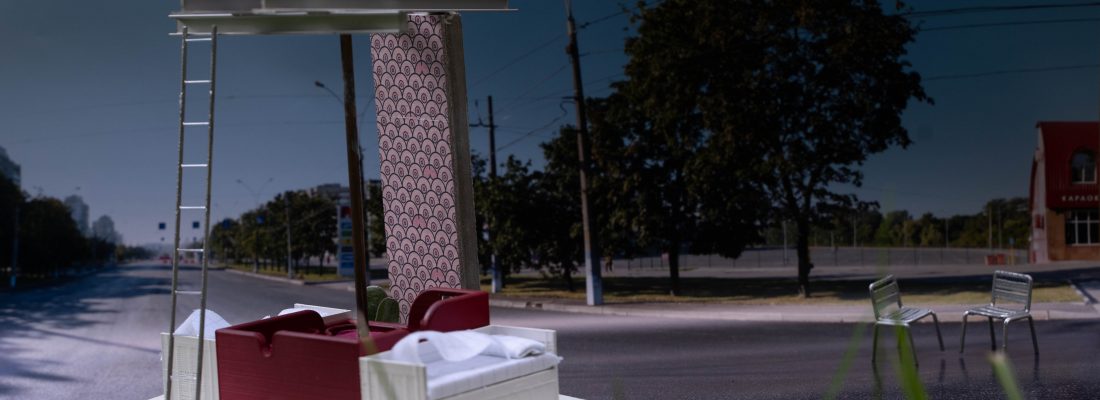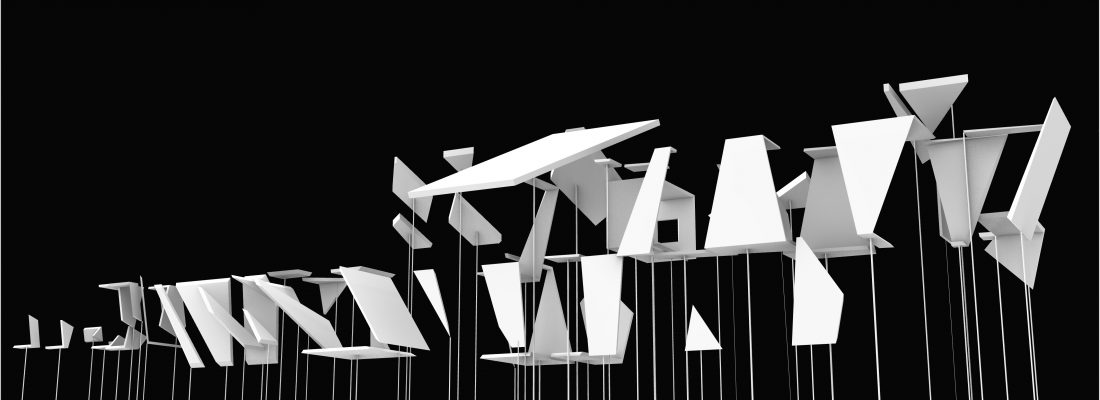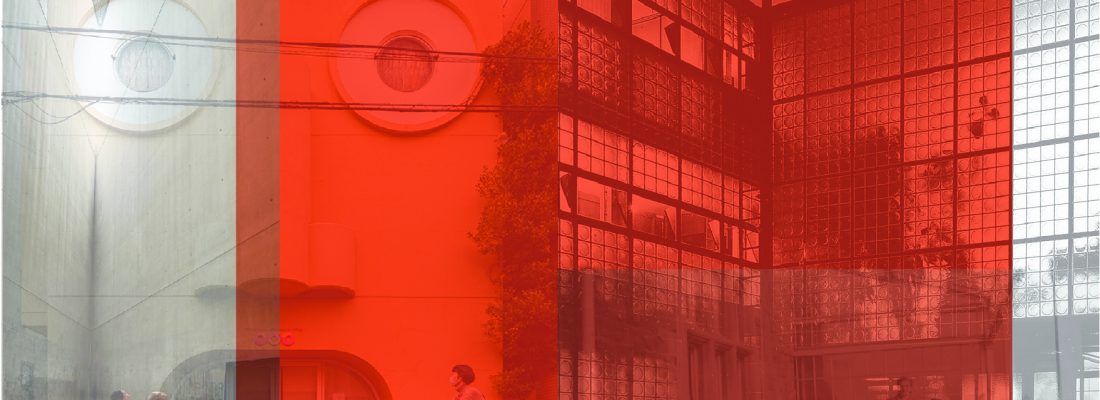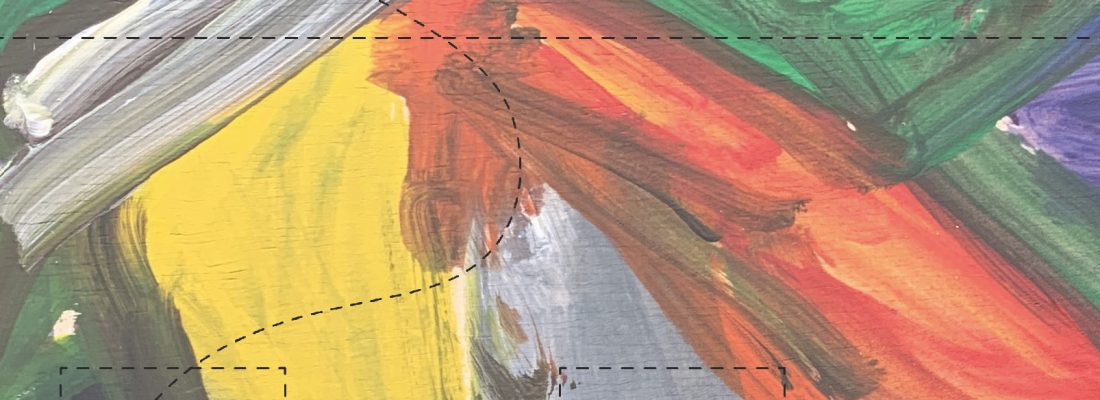
Gasploitative Architecture / Carina Prem & Anna-Maria Rödig
Wherever you look, you can find gaps – gaps between reality and human perception. It is the gap between knowledge and reality. But these gaps are not only pain, but also pleasure and it is extremely interesting to exploit these gaps.
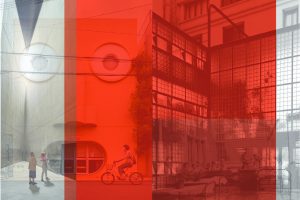
Futura / Lisa Dinser & Nicole Stecher
In our work, we start with the gaining popularity of metaphors in architecture. Especially in our ever faster time and the strong technical progress in our industry, metaphors seem to become more and more important. But how exactly are metaphors already being used and what potential do they hold for us as architects?
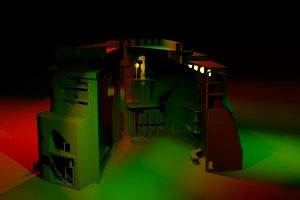
Architectural Disco / Ines Beikircher & Thomas Gallagher
“Remix” as defined by Mirriam-Webster dictionary is “a variant of an original recording (as of a song) made by rearranging or adding to the original.” We have more information today than ever before because of the emergence of the internet.
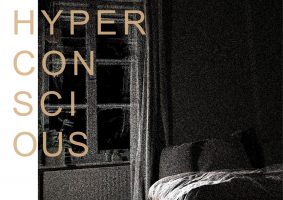
A journey around the hyperconscious / Magdalena Recheis & Florian Fesel
A 27-year old french man called Xavier de Maistre who undertook a journey in his bedroom in 1790. He loved discovering, as it was a trend already at this time. Discovering the world and travelling to other continents. Xavier’s dream was to fly, so he tried to build a pair of giant wings and wanted […]
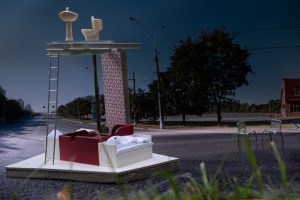
Awkitecture / Jonas Maria Mertens
Most urban fellows dream of owning their own handsome countryside haven, like Awki’s weekend hideaway featured in last month’s issue; Mr. Ward and Mrs. Awk actually built such a dream house and this picture story of a housewarming party gives some indications of the fun that is to be had in such a surroundings.
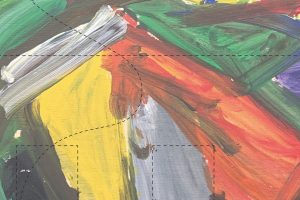
Kitsch, Inclusivity and Kids / Hanna Panschar, Leticia Lordes Pontin, Mariana Derias
In this book, we will show our process of research and Participatory Design with kids through Kitsch and how it can help to make architecture more inclusive. We begin with readings on Irony and Postmodern Architecture, Irony, or, the Self-Critical Opacity of Postmodern Architecture, from Emmanuel Petit, where he tries to find the relation between […]

Lockdown Madness / Julia Beck & Nadine Sturm
35-year-old Charlotte wanted to turn her life around, and she wanted to do it properly. She has been struggling with her job at the advertising agency for a long time and things are not going well with her family. But only her best friend knows how much she is seething. And maybe that‘s just as […]
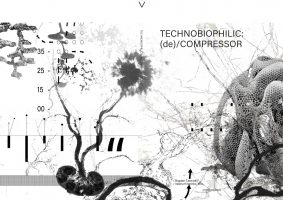
(de)Compressor / Bogdan Casovskij & Valeria Kirejenko
To construct our research, it was decided to give it a form of a diary. To understand it as a wholesome, it needed to be encumbered additionally to traditional architecture Gestaltung with ideas from outside, from culture and science.We choose to work with Henry Carson who was mentioned in our previous studies on “Technobiophilia”.He is […]
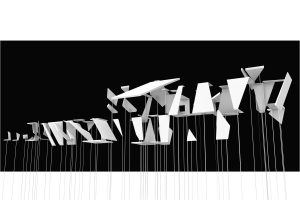
Ansichtssache / Viktoria Hortenhuber & Daniel Kröss
Rules are made to be broken. Artists have made a name for themselves by going against conformities and doing things that nobody has dared before. Perspective has always been a tool for artists to comment and break conventions.
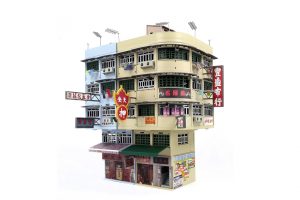
Meta-Shanzai / Ayrton de la Hamette & Thibault Pepin
In the history of mankind, a surge of true geniuses in certain periods of time is responsible for the evolution in science, medicine, art and other academic practices to the state that they find themselves in today.
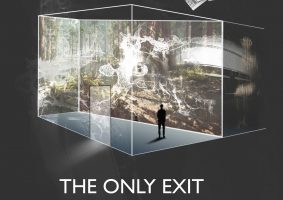
The only Exit / Dominik Kroell, Philipp Wisiol, Stephan Hoellwarth
Global pandemics, natural disaster, the effects of climate change or nuclear accidents led top a global, worldwide isolation. We are imprisoned in our own homes and the intact world as we know it, has stopped. These disasters are pushing us forcefully forward to a new digital, virtual age at breakneck speed. How do we satisfy […]
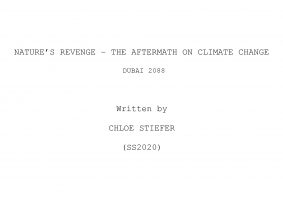
Nature’s Revenge: The Aftermath Of Climate Change – The Movie Script / Chloe Stiefer
A spacious, two-floor loft penthouse on the 52nd floor of a skyrise building near the Marina Bay, covered in blue and golden façade panels. The lights of the penthouse are turned off. The living area and the kitchen space are ranging a vast 8-meter ceiling height. A gargantuan chandelier adorned in clear crystals is dangling […]


